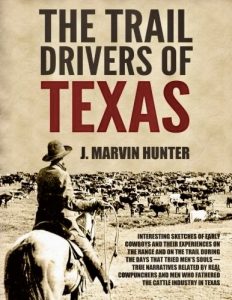 At the suggestion of Scott Slinker (https://twitter.com/scott_slinker) who highly recommended The Trail Drivers of Texas, I immediately purchased the book and read it in three days. In Scott’s own words, “Incredible first-hand accounts of the real west and the hardships and experiences they faced.” I was fascinated to learn about the early cowpunchers and their lives on the range. These were the men who fathered the cattle industry in Texas.
At the suggestion of Scott Slinker (https://twitter.com/scott_slinker) who highly recommended The Trail Drivers of Texas, I immediately purchased the book and read it in three days. In Scott’s own words, “Incredible first-hand accounts of the real west and the hardships and experiences they faced.” I was fascinated to learn about the early cowpunchers and their lives on the range. These were the men who fathered the cattle industry in Texas.
From the cattle drivers who faced danger on the plains, including warring Native American tribes, my curiosity led me to Quanah Parker and the town named after the Comanche chief. Quanah, Texas, is located in Hardeman County and is 8 miles south of the Red River which forms the Oklahoma-Texas state line. During one of his visits to Quanah, Chief Parker bestowed his blessing on the town.
“May the Great Spirit smile on you little town, may the rain fall in season, and the warmth of the sunshine after the rain, may the earth yield bountifully. May peace and contentment be with your children forever.”
Searching for a more in-depth account of Quanah life, I bought Empire of the Summer Moon by S. C. Gwynne. Other books I’ve read about the Comanche chief have scratched the surface, but Gwynne’s book expounds on two astonishing stories. One traces the rise and fall of the most powerful Indian tribe in American history, and the second, the epic saga of the most famous Indian captive—a pioneer woman named Cynthia Ann Parker.
Cynthia was born in Illinois in 1827, before the Parker family moved to Texas in 1833 and built Fort Parker east of Waco. In 1836, the fort was attacked by Comanche warriors and young Cynthia was taken captive. She spent twenty-four years with the tribe and during that time married Peta Nocona, a Comanche chief. They had two sons and a daughter. Their eldest son was named Quanah. Cynthia had several opportunities to leave the Comanches but refused. At one point, she was abducted by Texas Rangers and returned to her white family, but was unhappy and struggled to adapt to the white man’s world. A number of times she tried to escape back to her Comanche tribe, but failed. Her story is one of hardship but, like many pioneers of the time, also one of happiness.
Gwynne’s exhilarating book covers the many wars fought by the Comanches over four decades, encompasses Spanish colonialism, the American Civil War, the destruction of the buffalo herds, and the arrival of the railroads: the history that shaped Texas and the United States.
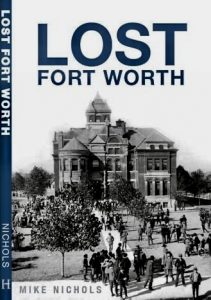 Trail blazers still on my mind, my literary interest circled back to Fort Worth and led to my recent purchase of Lost Fort Worth by Mike Nichols. Mr. Nichols is a fifth-generation Texan who was born near the Fort Worth Stockyards. He worked for the local newspaper, the Fort Worth Star-Telegram, for twenty-three years. At age 62, he began to chronicle the history of Fort Worth from his seat on a bicycle with his camera slung around his neck. In his own words, “I went to work for the Star-Telegram, traveled all seven continents, and I came back home thinking that Fort Worth is a really interesting place.”
Trail blazers still on my mind, my literary interest circled back to Fort Worth and led to my recent purchase of Lost Fort Worth by Mike Nichols. Mr. Nichols is a fifth-generation Texan who was born near the Fort Worth Stockyards. He worked for the local newspaper, the Fort Worth Star-Telegram, for twenty-three years. At age 62, he began to chronicle the history of Fort Worth from his seat on a bicycle with his camera slung around his neck. In his own words, “I went to work for the Star-Telegram, traveled all seven continents, and I came back home thinking that Fort Worth is a really interesting place.”
Lost Fort Worth synopsis: “Fort Worth began as a frontier Army camp and grew into a city as cattle drives, railroads, the stockyards and packing plants, oil, and national defense drove its economy. During the tremendous growth, the landscape and cultural imprint of the city changed drastically, and much of Cowtown was lost to history.”
But in Lost Fort Worth, we can “Join author Mike Nichols on a stroll down Memory Lane from the cattle pens on the North Side to the Battle of Buttermilk Junction on the South Side, from Randol’s mill on the East Side to the Army’s Camp Bowie on the West Side. Witness the birth of Western swing music and the death of a cloud dancer. See mansions of the well-heeled and saloons of the well-armed. Meet Butch Cassidy and the Sundance Kid, Clyde Barrow and Rube Burrow, Sisters of Charity and ladies of the evening. Along the way you’ll also pass four trolley parks, three World War I airfields, two gunfighters, one flamboyant preacher, one serial killer, and one very short subway that carries readers back in time to Lost Fort Worth.”
After reading Nichols’s book, I wanted to learn more about the author and Fort Worth’s history, so I logged onto his blog, Hometown by Handlebar: https://hometownbyhandlebar.com/
Sadly, Mike Nichols passed away on March 5, 2023, at the age 74 of complications from cancer.


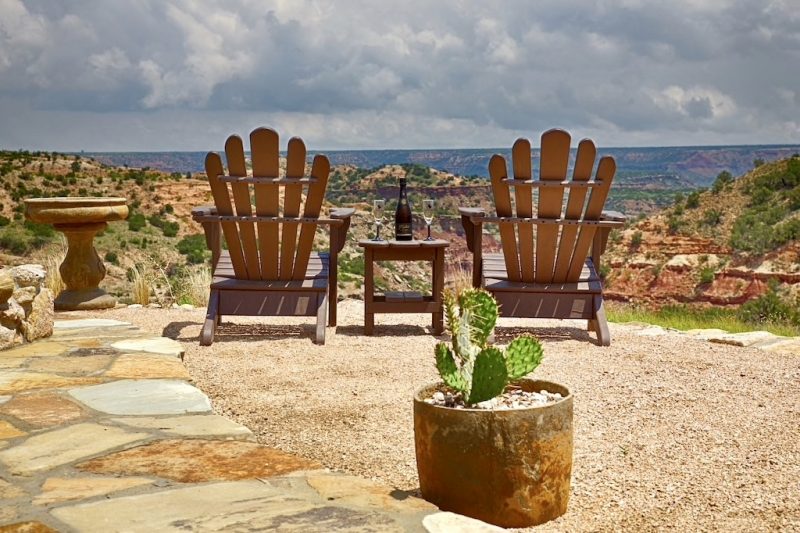
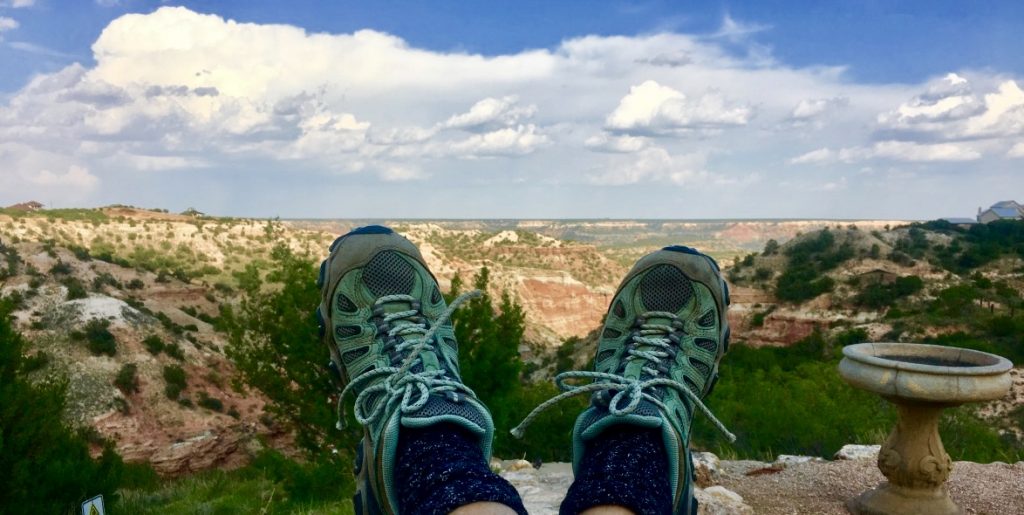 Having spent all day in the car, Bullet was content to sack out on his own bed near the picture window in the living room, in full view of the canyon cliffs.
Having spent all day in the car, Bullet was content to sack out on his own bed near the picture window in the living room, in full view of the canyon cliffs. On our first night at the cabin we had only one thing on our agenda—nothing! We carried our drinks to the flagstone patio to watch the sunset and relax.
On our first night at the cabin we had only one thing on our agenda—nothing! We carried our drinks to the flagstone patio to watch the sunset and relax.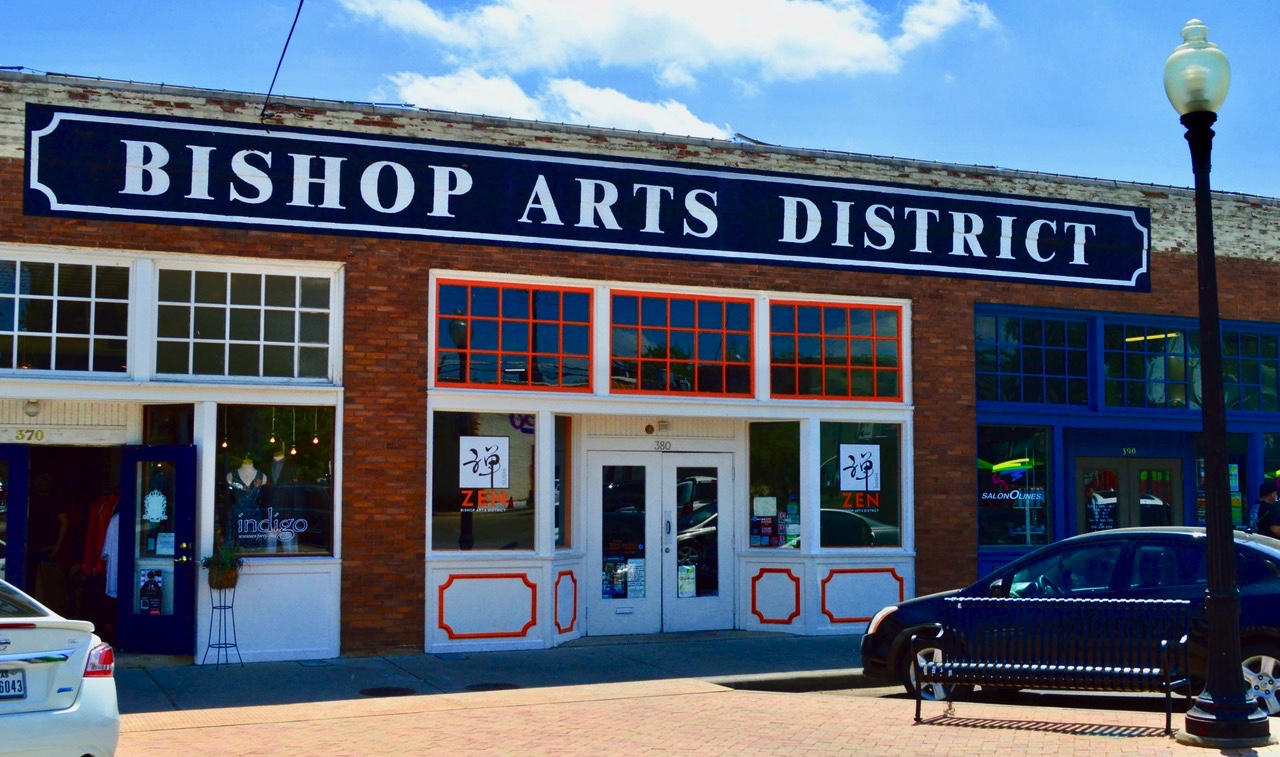 I had visited Dallas on many occasions after moving to Texas to dine, shop, or attend art shows at the DMA—Dallas Museum of Art. But I had never been to the BAD, and quite frankly I had no idea what the acronym stood for, until my brother, a recent transplant to Dallas, said he would meet me for Sunday brunch in the BAD.
I had visited Dallas on many occasions after moving to Texas to dine, shop, or attend art shows at the DMA—Dallas Museum of Art. But I had never been to the BAD, and quite frankly I had no idea what the acronym stood for, until my brother, a recent transplant to Dallas, said he would meet me for Sunday brunch in the BAD.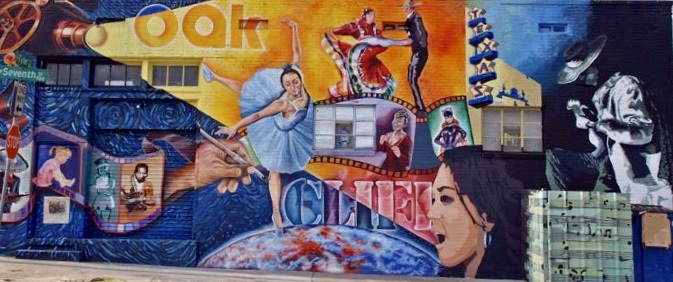 Speaking of history, one of the first settlers in Oak Cliff was William Henry Hord who had come west to “assist with Native American issues.” He was granted 640 acres to farm and set about building his homestead.
Speaking of history, one of the first settlers in Oak Cliff was William Henry Hord who had come west to “assist with Native American issues.” He was granted 640 acres to farm and set about building his homestead.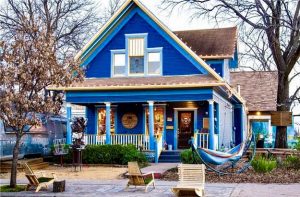 Before we leave, you may wonder
Before we leave, you may wonder